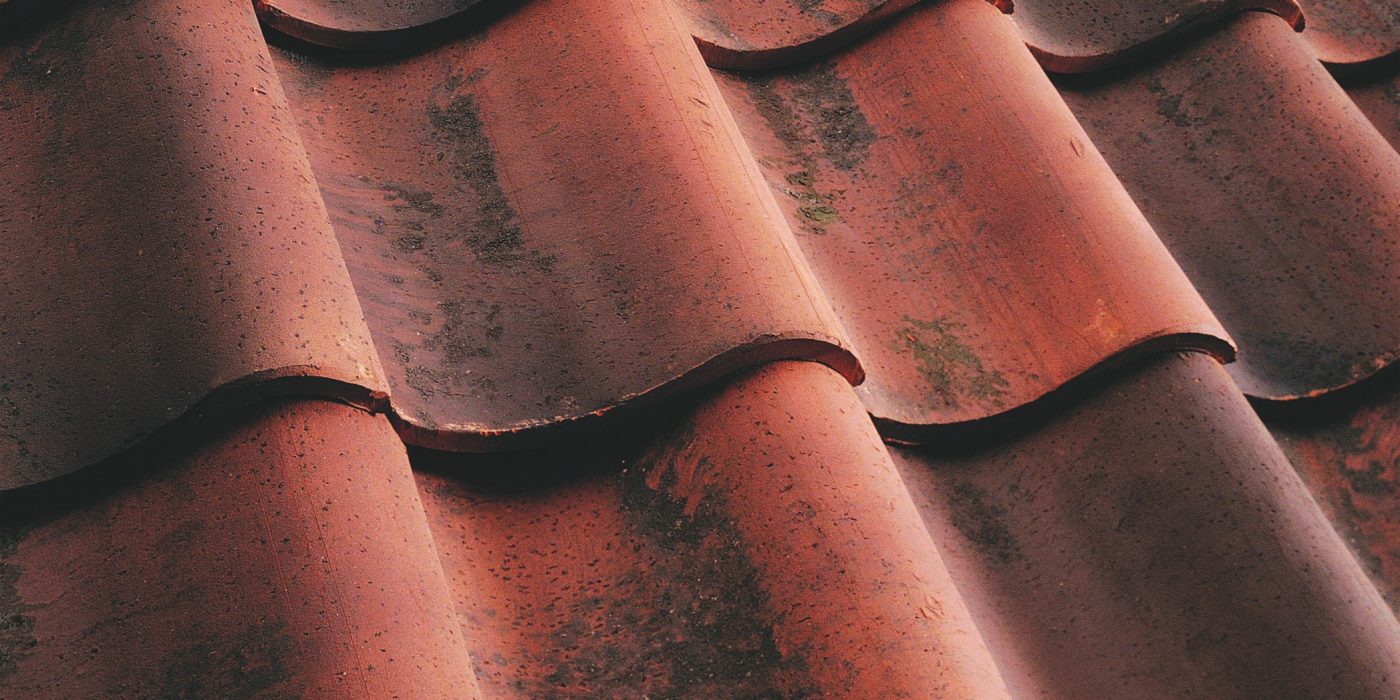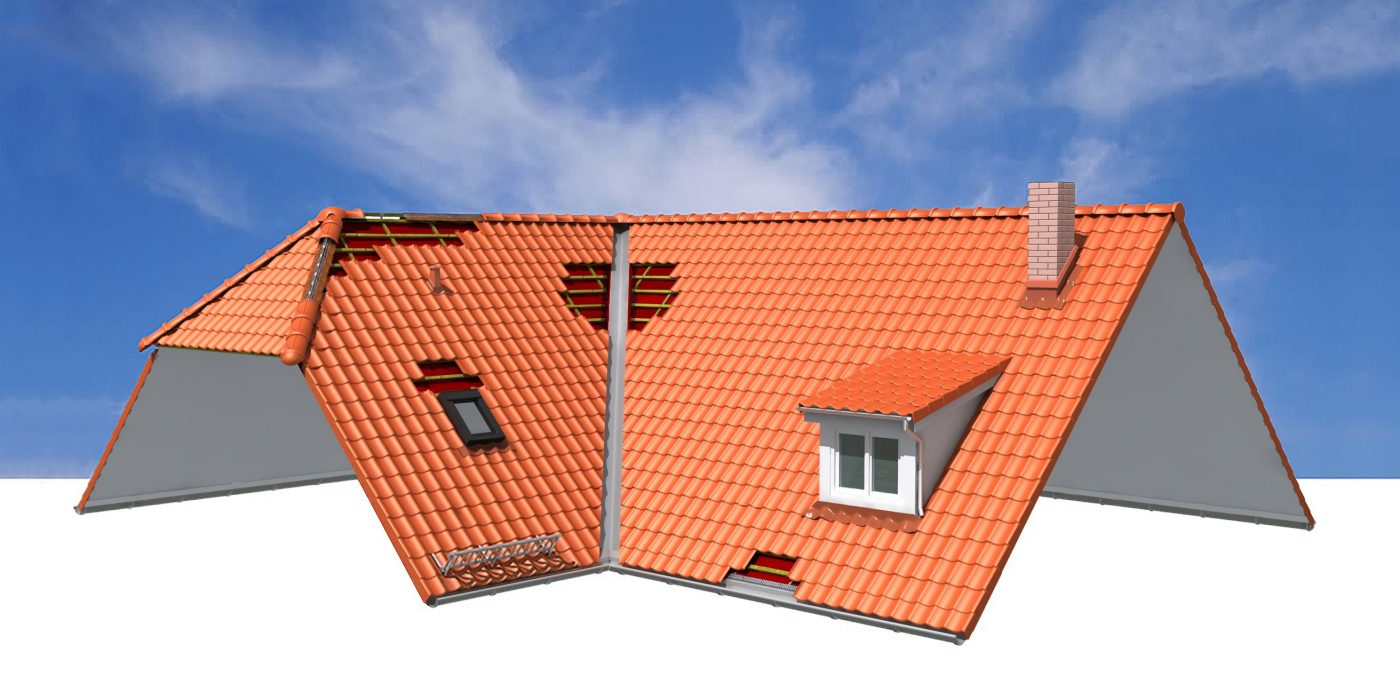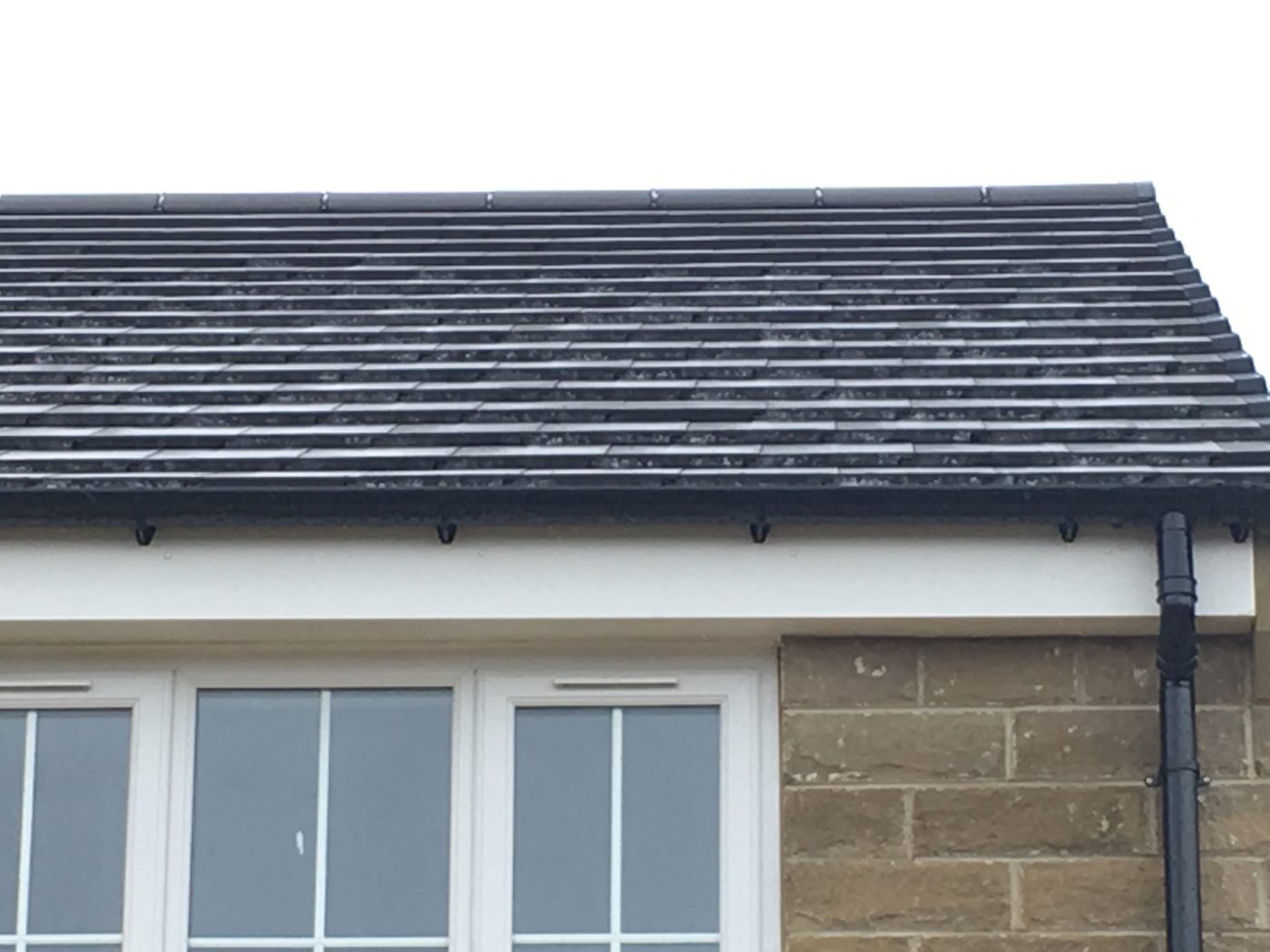BS 5534, the Code of Practice for Slating and Tiling states that all single lapped interlocking tiles must be mechanically fixed, and perimeter tiles (edge tiles) should be mechanically fixed using a minimum of two fixings.
Generally, roof tile mechanical fixings are a nail or screw at the tile head and a clip at the tail. BS 5534 allows the use of suitable adhesive as a second fix where it is not possible to use two mechanical fixings. The standard recommends that all ridge and hip tiles are mechanically fixed for structural and safety reasons and to reduce future maintenance.
The cost to the roofer to clip tiles when installing a roof can be significantly greater than simply nailing the tiles because of the extra time, labour and cost of the clips. Therefore, roofers are keen to reduce costs and manufacturers are equally keen to improve clip design to make them cheaper, faster and easier to install, whilst improving performance; i.e. durability, reliability and greater resistance against wind uplift.
Remember to always use the clips approved by the tile manufacturer, as they will issue fixing specifications based on the test values of their particular clips. The consequences of not using the correct clips can mean a roof that does not comply with British Standards, is not guaranteed by the manufacturer or may not be covered by building insurance. Use of tile manufacturer tile clips also ensures that the clips used have the necessary quality and durability when exposed on a roof in the UK climate, which may not always be the case if clips from other sources are used.
Online tools such as wienerberger’s FIXSPEC allow users to input data about their project to calculate a free fixing specification based on the British Standard for Slating and Tiling requirements.
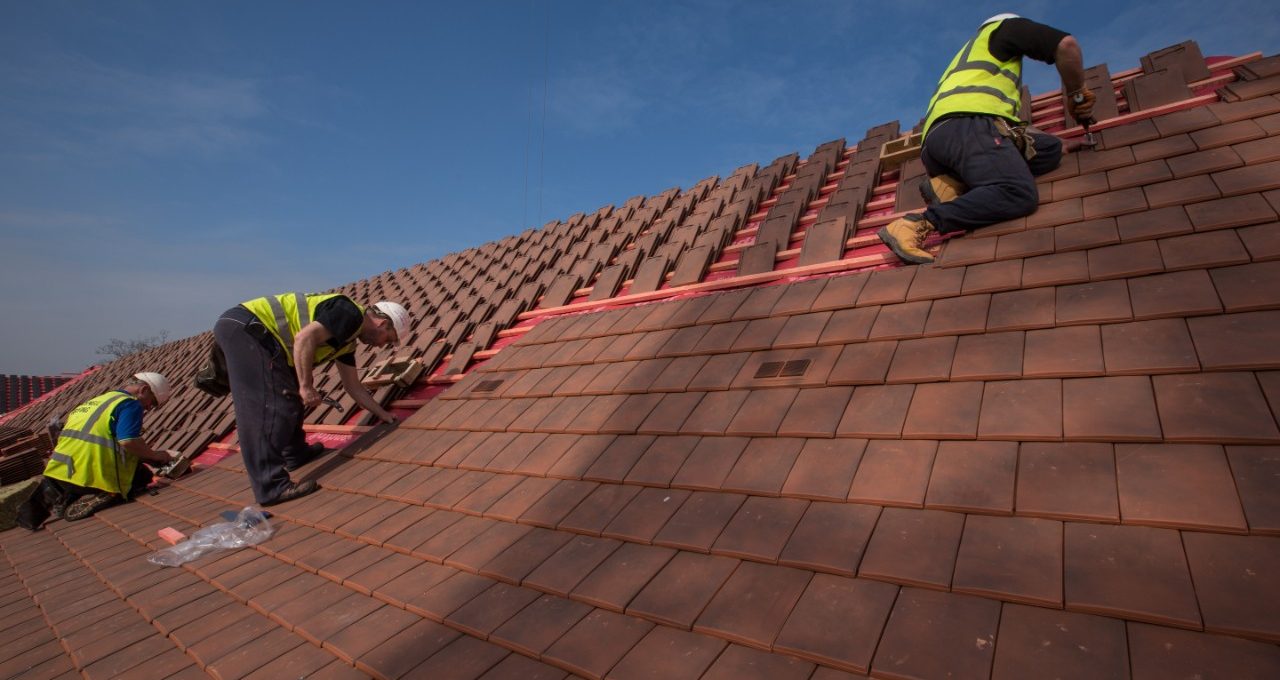
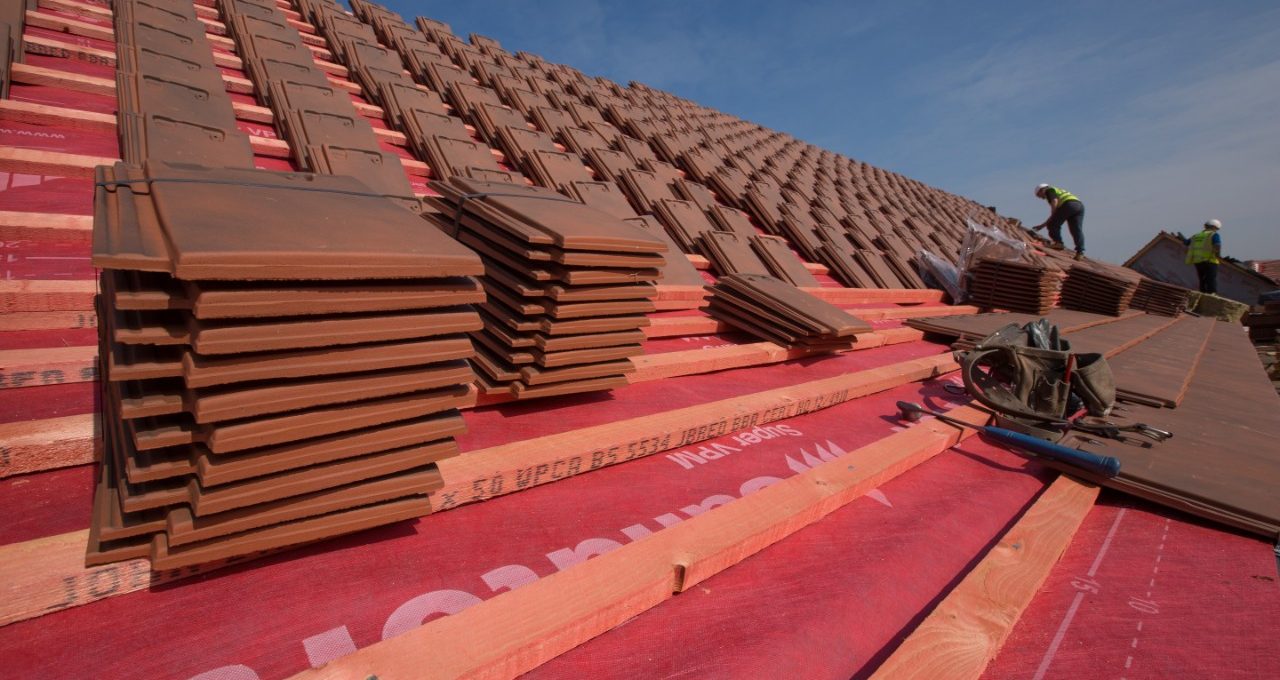
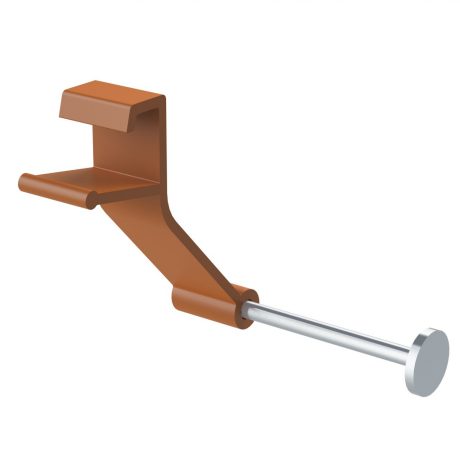
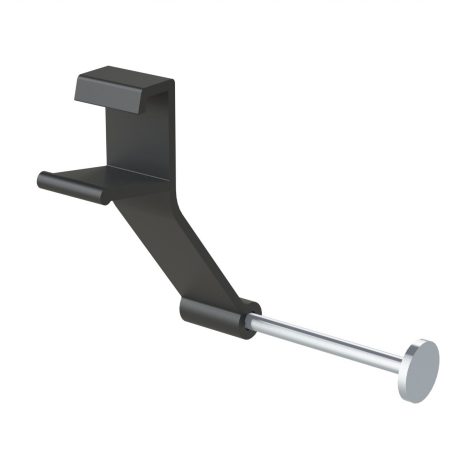
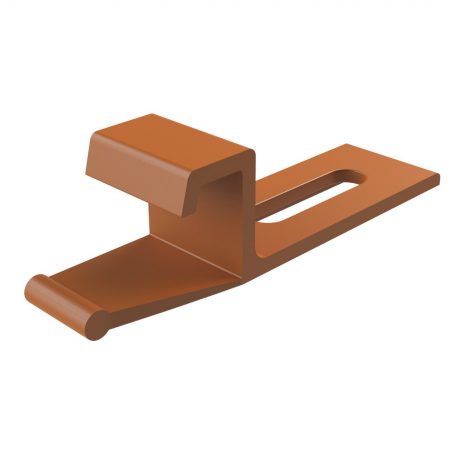
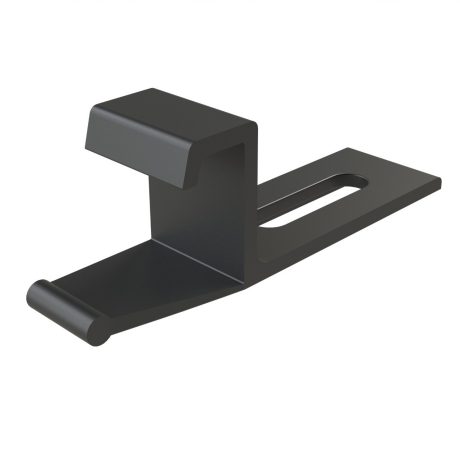
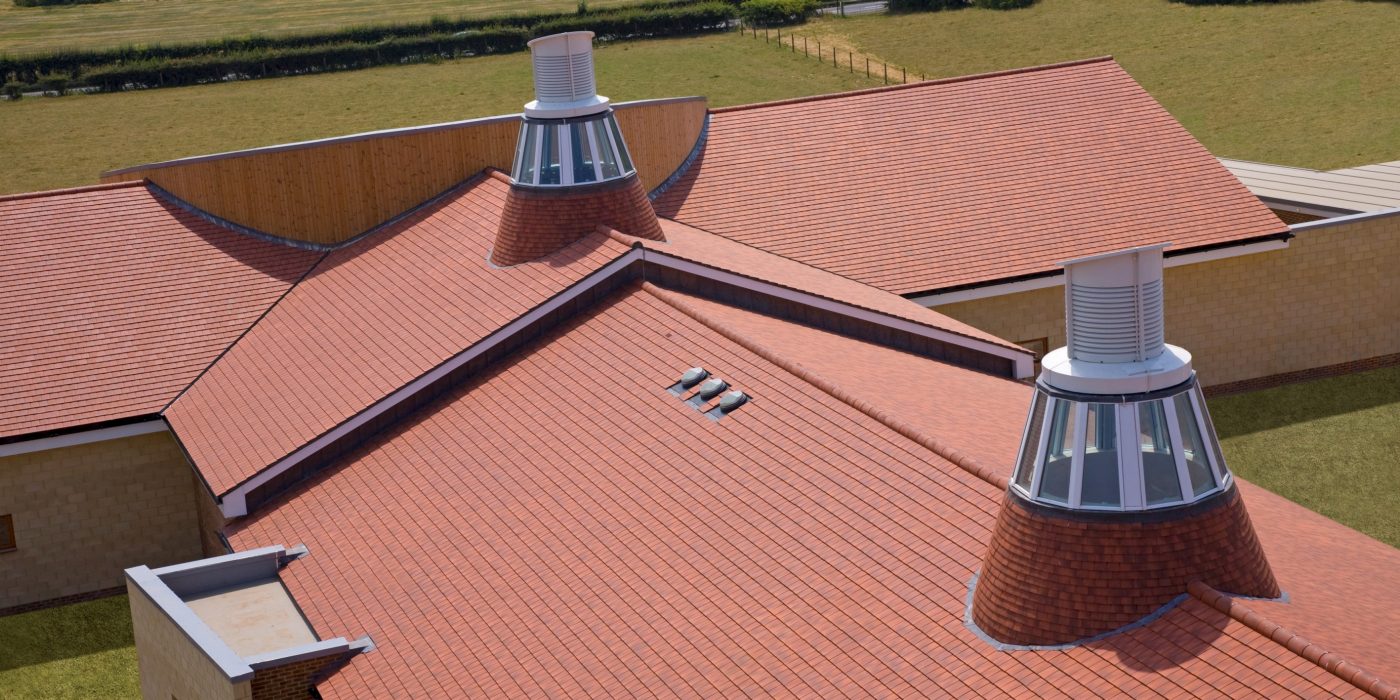
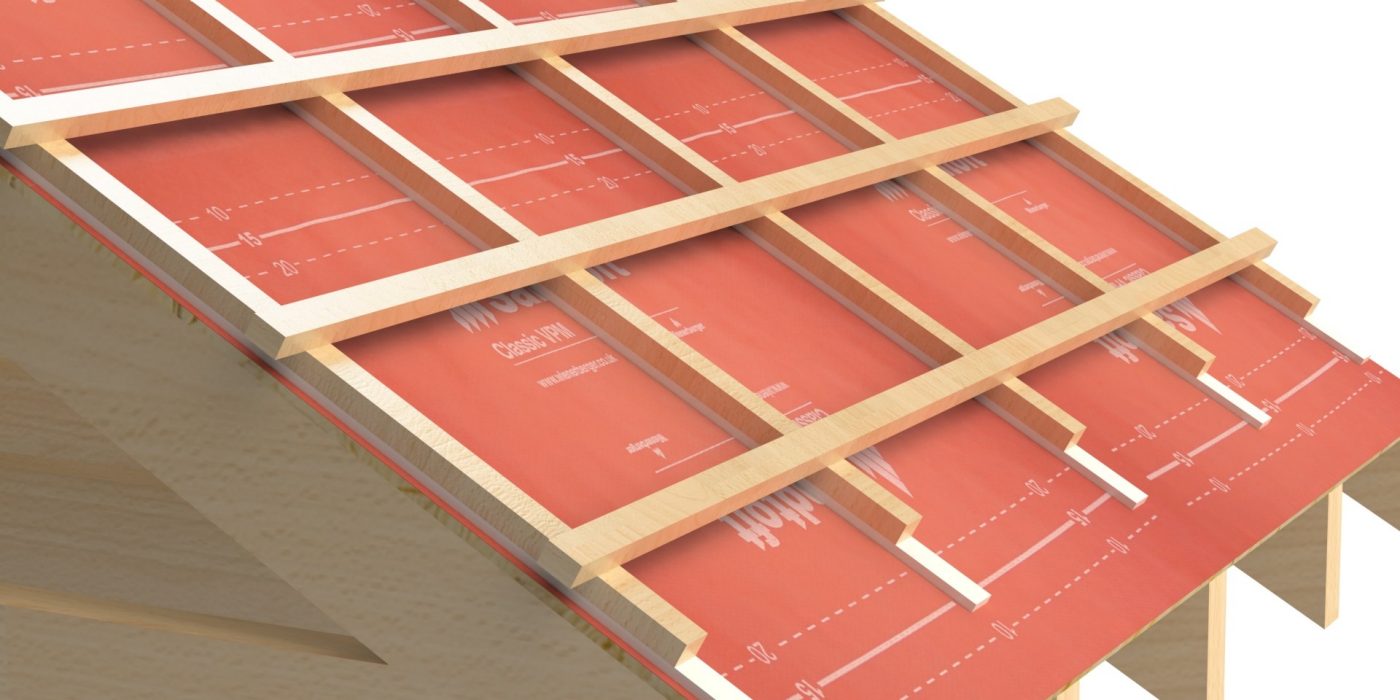
.jpg)
.jpg)
